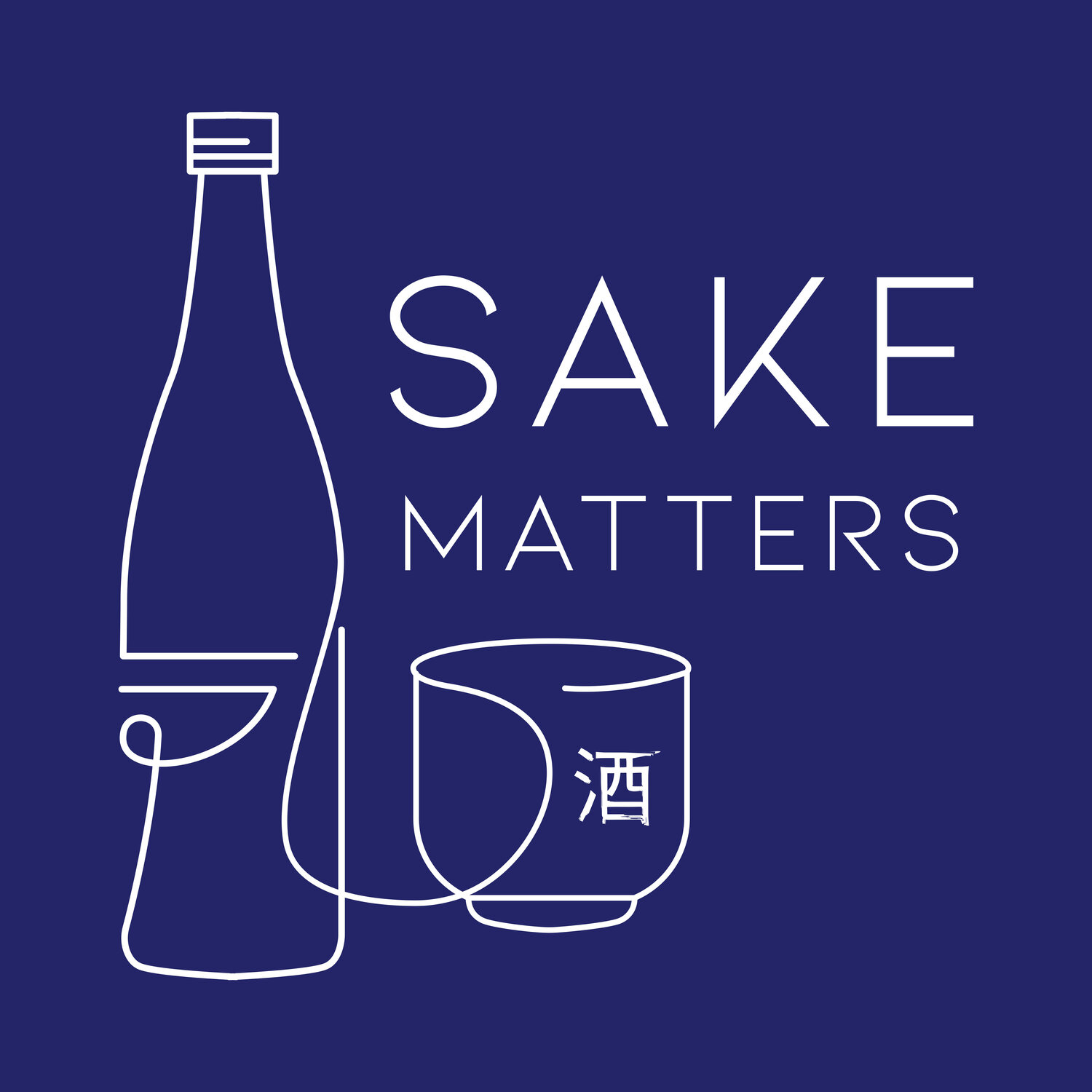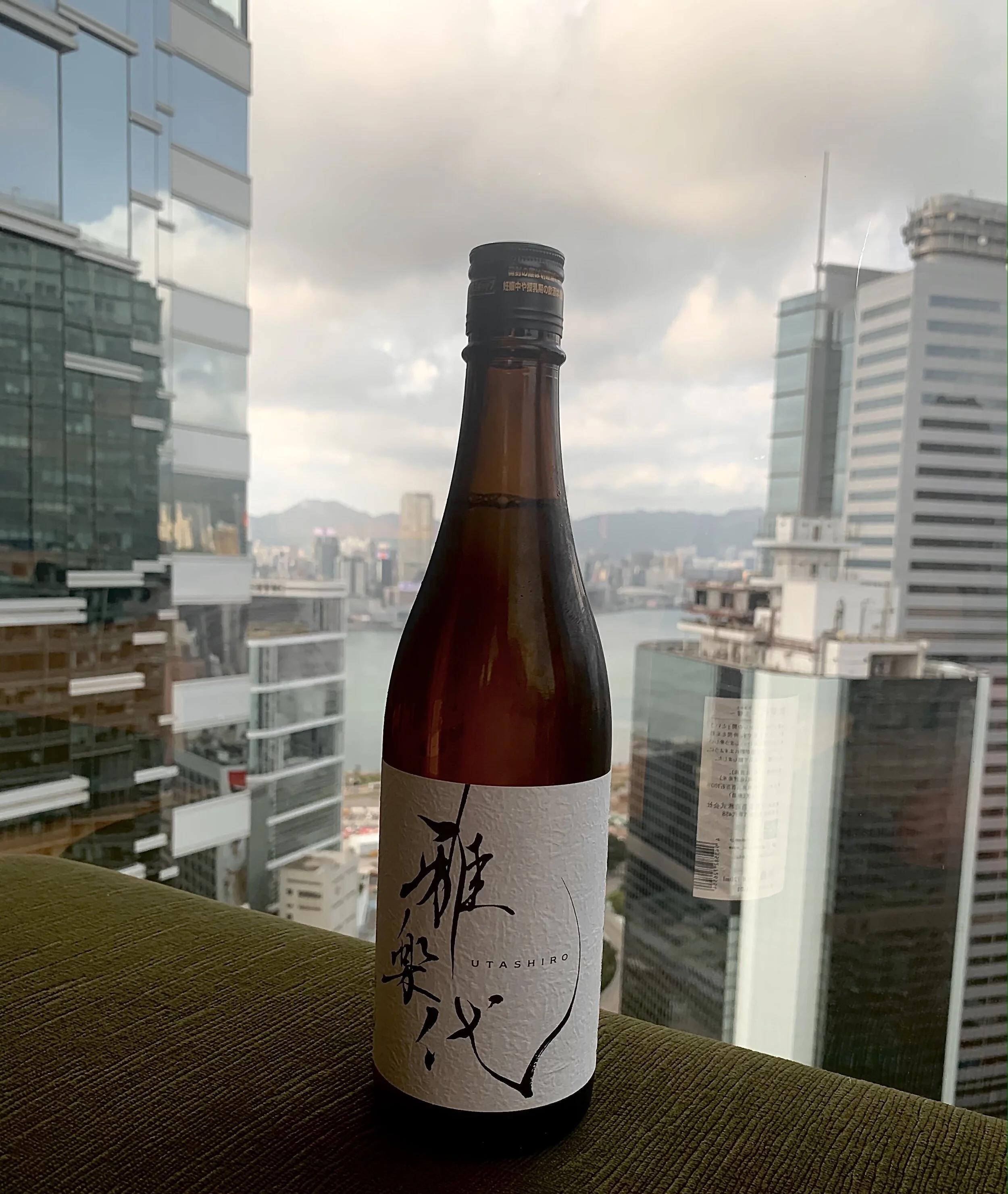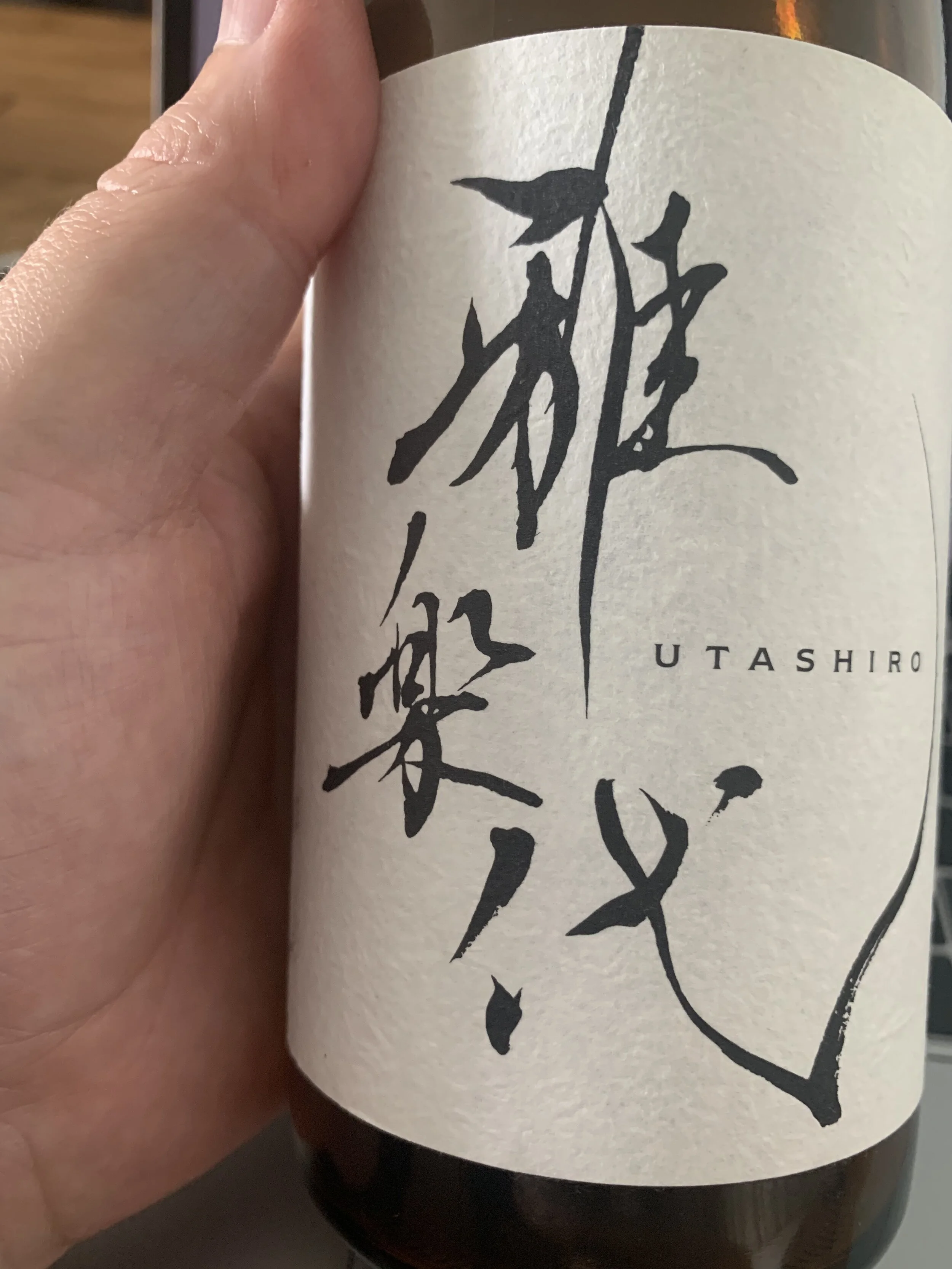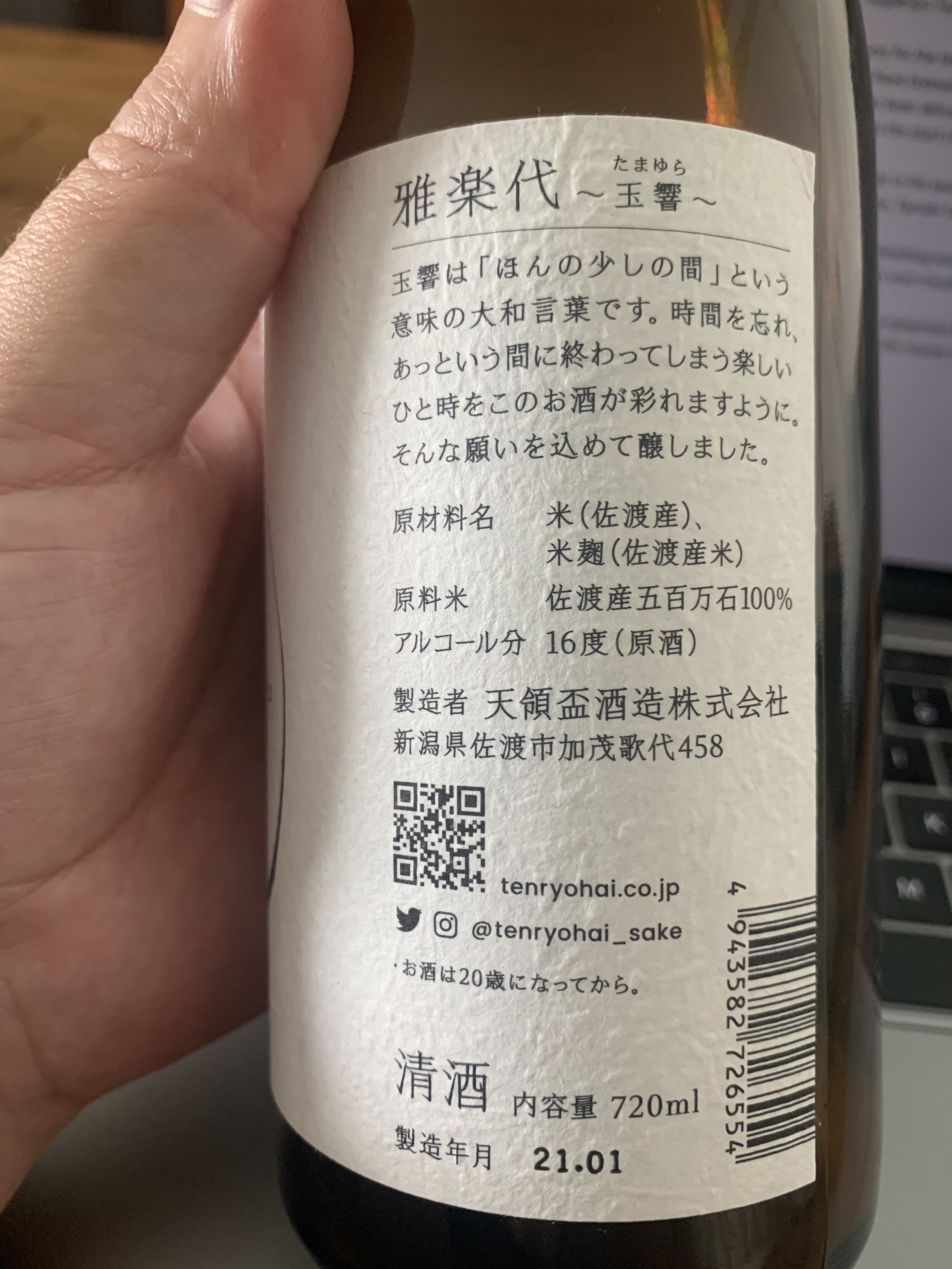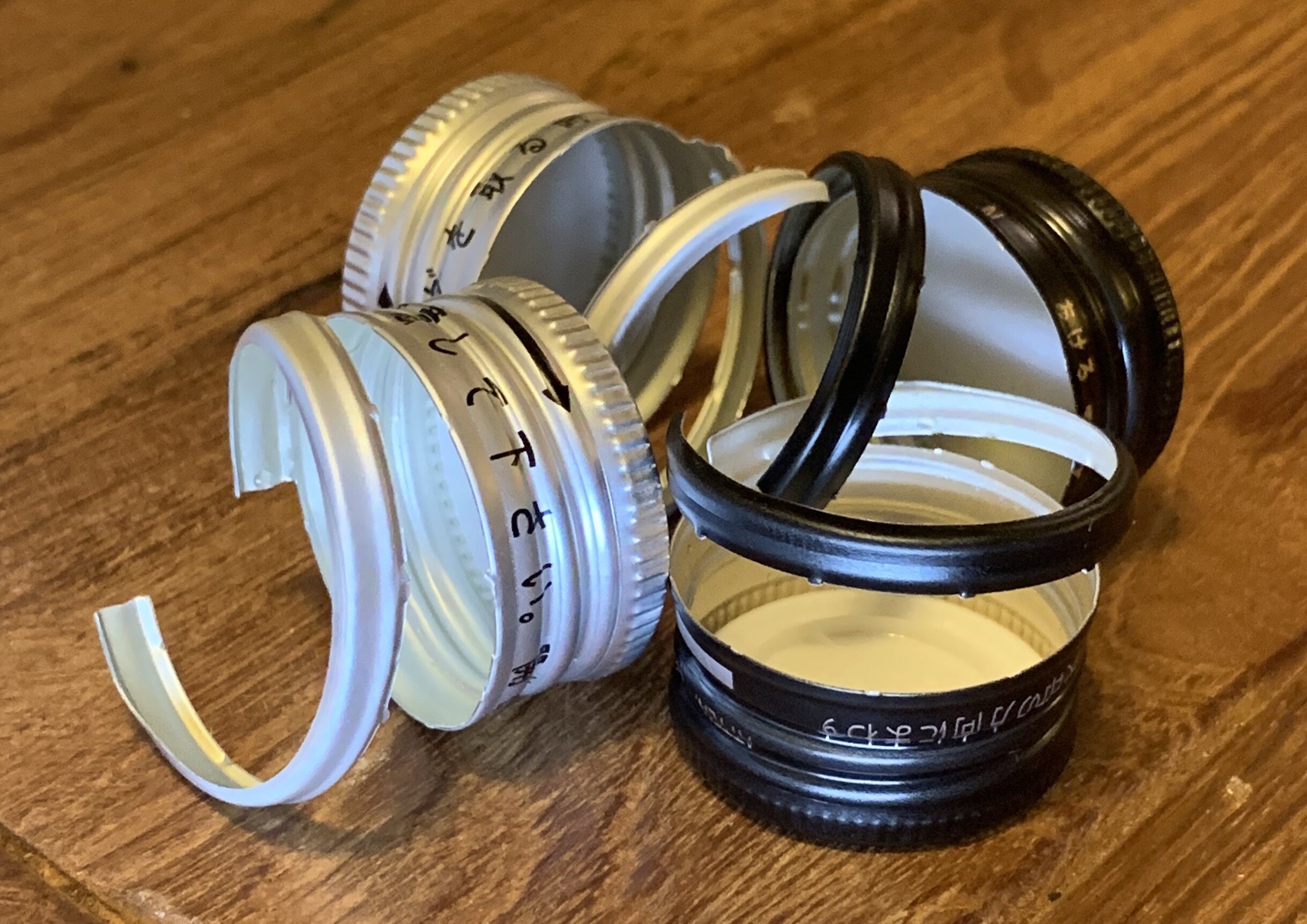MAKING A SONG & DANCE
The Ninja throwing star shaped Sado Island is like a cooler version of an asterisk or ‘You Are Here’ arrow. It’s not that Niigata needs its own iconic homing beacon, but the Prefecture has one nonetheless.
Sake scholars will instantly be able to pinpoint Niigata without the need of Sado Island’s tell-tale presence, surrounded as it is by the Sake heavy hitting Prefectures of Yamagata, Fukushima and Nagano. The epic brewing stats of the region speak for themselves in terms of the sheer quality and stature of Niigata, and a handful of the 96 or so breweries’ wares have surely been consumed by most Sake fans around the world at one time or another.
But what about Sado Island? Let’s leave the Honshu mainland and all the pomp and show therein and take a look at a lesser-known brewery located in what I can only describe as the eastern ‘inny’ (Japanese probably has seven or eight more poetic words for it) of the throwing star.
One of Sado Island’s five breweries, Tenryohai Shuzo shares a very modest confession on its Instagram page:
The youngest and most inexperienced Kuramoto in the industry (27 years old) is struggling to move forward step by step. I will show you the delicious Sake and daily life of a small Sake brewery on a remote island.
The brewery’s blog too is apologetic about the fact that there had been no material shared for a while, a year in fact, but jokes that it’s not through being so very busy, but rather because they couldn’t fathom out how to use the software that would allow further posting. Always have a lot of time for fellow technophobes, so I like this guy already.
And so do his fans. Most of his recent posts are getting likes from nearly 20% of his Followers. I must be doing something wrong with my Instagram, I don’t dare work out my feeble percentage. Yet his Instagram page isn’t awash with flashy boomerang videos, sparkly filters and other distractions. More plus points in my book.
Back in 2018 then, when Mr Senichi Kato took over the brewery, he was just 24. The brewery was in a slump and ripe for an intervention, but this tends not to be an acquisition performed by someone so young, or someone so historically unconnected with the industry.
This is all a pretty big deal if you think about it. With the domestic Sake market in a state of decline, deciding to go into brewing and put yourself in the mix with all the great and good of Niigata is a ballsy move. I’ve not been on Sado sadly but imagine that on a good day the short distance to the mainland must make it clearly visible from, as Kato-san describes it, this remote island.
Sado Island Sake, meet Hong Kong Island
The sketchy brewery’s blog informs me that the Sake I have just tried came into being in May 2019 - the first day of the first year of Reiwa in fact. My Sake is Utashiro, a relatively new brand from the brewery, as the same article also explains:
This year is the year when Gohyakumangoku does not melt… has a more subtle and delicate taste than last year. It has a refreshing scent and a gentle sweetness when you put it in your mouth. The brewing equipment has also been renewed this year! Please enjoy the clearer new Sake!
Apparently the Yabuta press had been playing up previously, so it’s quite refreshing to adopt this wearing your heart on your sleeve approach, where everything isn’t brilliant and perfect. I rather like the openness and honesty. I suppose that is partly down to the reputation and the heritage of the Sakes bubbling away in Niigata across the water. It wouldn’t become Kato-san to arrogantly undermine things and he humbly isn’t.
So welcome to this, the youngest brewery in Japan and its Sakes made by a Kuramoto who confesses in one interview that:
My hobby is break dancing. Also, I came to Sado and started playing acoustic guitar.
It’s a new vision in my head seeing a Kuramoto (with or without happi coat) windmilling, flipping and spinning amidst the bags of milled rice, or leaning up against a Moromi tank, guitar in hand. But why not? Jazz, rock ‘n roll and other musical entertainment flood the bowels of many Sake breweries across Japan.
So how is Kato-san’s Utashiro? Let’s quickly take a look at the brand name - 雅楽代 - as this will unlock some things around what’s in the glass. These characters can be Romanized as Gagakuyo or Utashiro. Sado Island histories talk of a glittering era:
“An elegant and enjoyable time”.
Had I the mental capacity and several decades of unflinching Japanese language studies behind me I would be able to explain the etymology here to you but long and the short of it is that my 雅楽代 Sake is made with the intention of giving a memorable and enjoyable drinking experience, however short-lived it is.
In line with a modern movement that seems to be gathering traction, the Sake’s classification and specifications are intentionally kept largely undisclosed to allow the consumer to drink the Sake without a preordained prejudice one way or the other as to how it should drink. I’m not against this but can’t wholeheartedly say I’m all over it - a topic for another day.
But what we do know is that the Sake is made with 100% Sado Island local Gohyakumangoku rice through an exclusive cultivation contract system using one farmer to grow it and fermented in Mount Kinpoku’s abundant snow melt. It’s believed to take forty years for the snow to melt and become available as water, and that lead-time produces very clean soft water without impurities. No doubt.
The rice is milled on site using a high-powered polishing machine, one of only a handful across Japan. This gives quite an advantage to the brewery allowing control over cracking and annual changes in rice quality and varietal.
So what kind of Sake does quadragenarian water, guitar music, local rice and an unpretentious twenty something year old make? In my even humbler opinion - anyone brewing Sake commercially is a true legend I believe - it’s not bad. In fact, it’s not bad at all and against some top Sakes I’ve consumed this week, it would be in the top half for sure.
My abiding observation would be that it’s light. Light on the nose and clean on the palate. There’s a hint of sweetness (although in the absence of a Nihonshu-do reading, I can’t confirm this) and I get mostly rice flavours supported by some sort of sweetened cream or milk notes, maybe even a little vanilla Chantilly cream.
I can certainly see why Kato-san recommends it with the local rock oysters, but surely I should do the taste test on that in person? I’ll even pack my Run-DMC cassettes and boombox.
FOOTNOTE:
Judging by my recent shopping trip, Hong Kongers can still find a handful of these delicate Sakes at city’super.
QUICK GLOSSARY:
Shuzo: Sake brewery. Often added to the company name e.g. Morikawa Shuzo
Yabuta: Brand name of a popular automatic Sake press, often used as a generic term to refer to any make of similar machine. Used to separate the liquid from the unfermented rice solids that are left over from fermentation
Kuramoto: Sake brewery owner
Happi Coat: A Happi is a traditional Japanese tube-sleeved coat, usually worn only during festivals
Moromi: The main fermenting ‘mash’, comprised of a mixture of yeast starter, koji, steamed rice and water
Nihonshu-do: The scale used to measure the specific gravity of Sake. The higher the positive number, the drier the Sake (“higher is drier” - thanks John Gauntner), and low negative numbers are representative (generally) of sweeter sake. In English, this is the SMV (Sake Meter Value)
LINKS:
Tenryohai Shuzo
www.tenryohai.co.jp
〒952-0028
458 Kamoutashiro, Sado City, Niigata Prefecture
